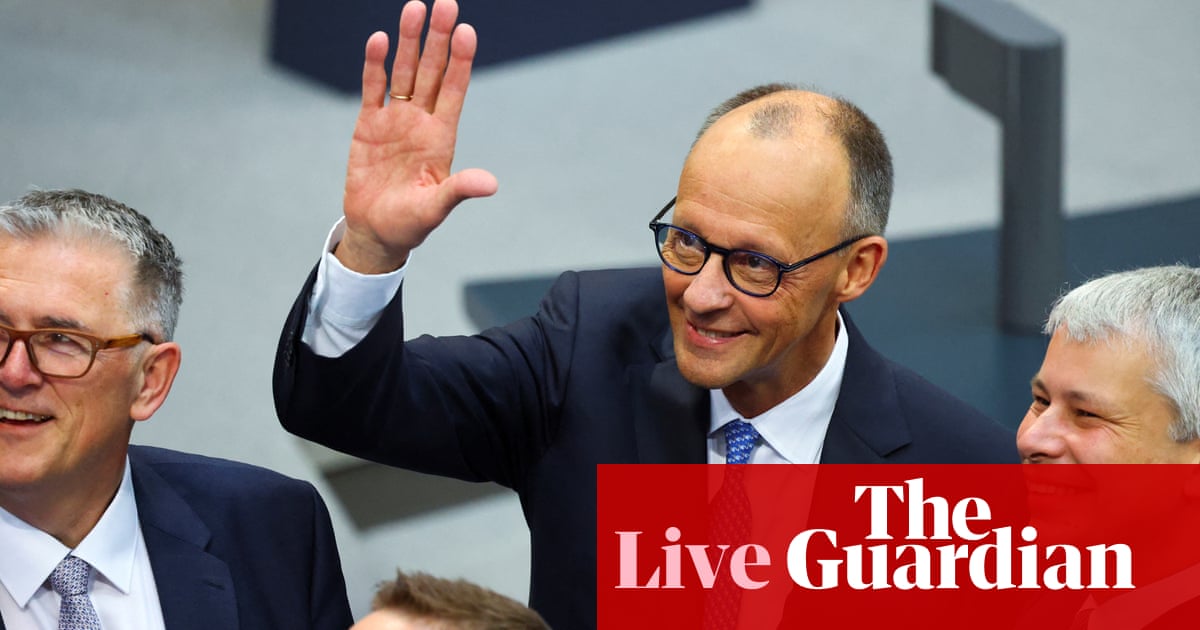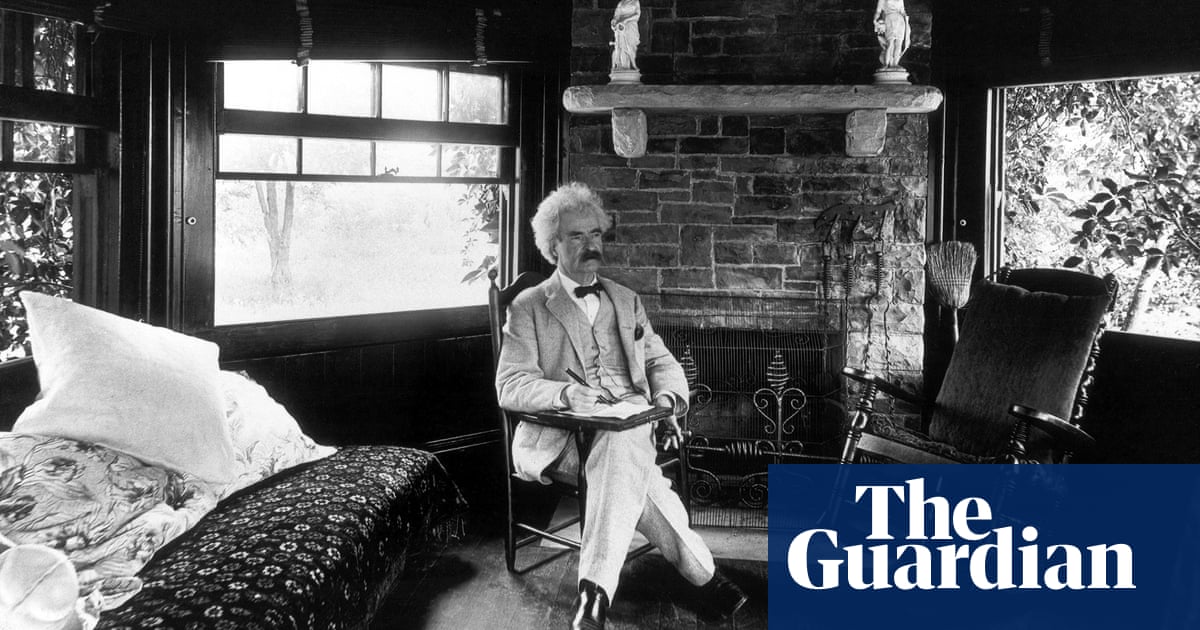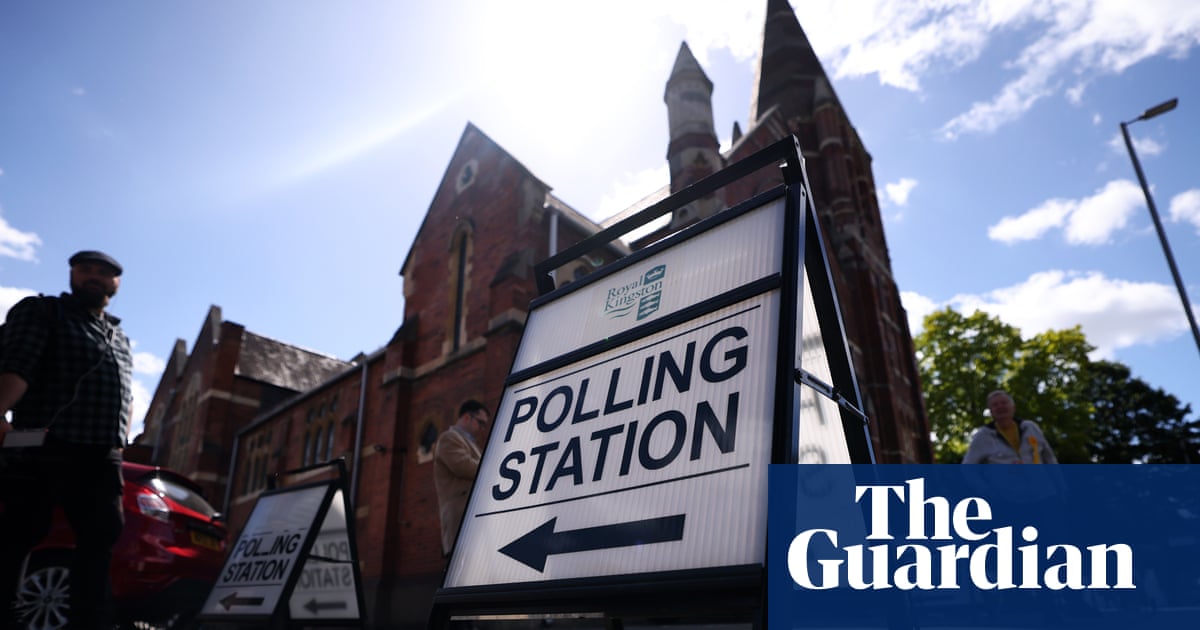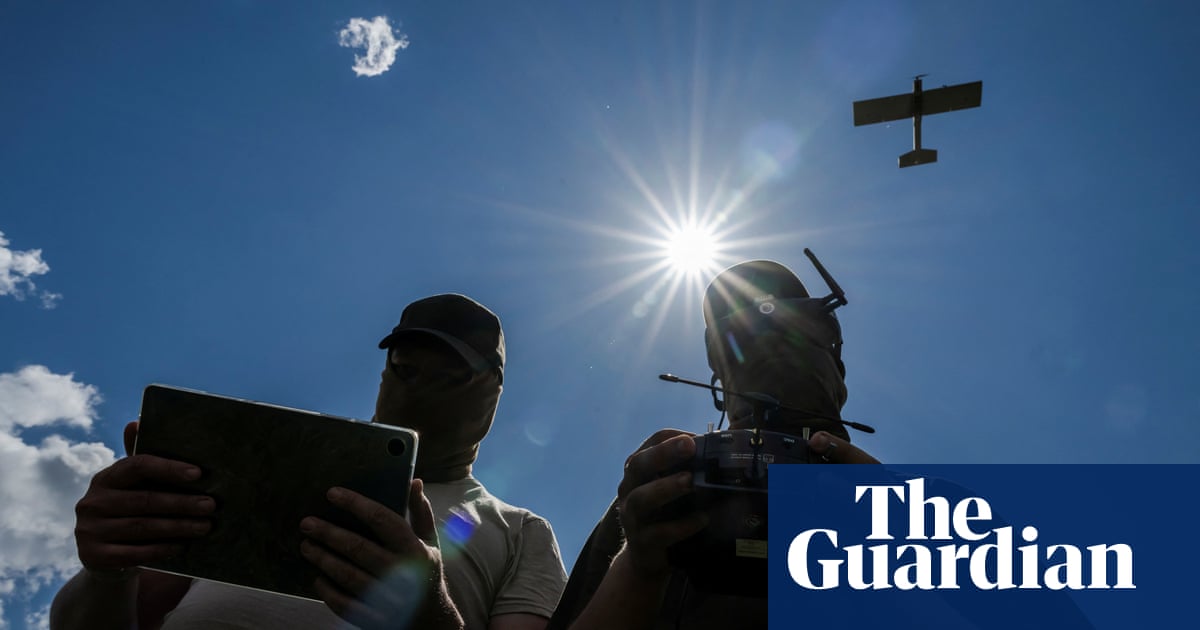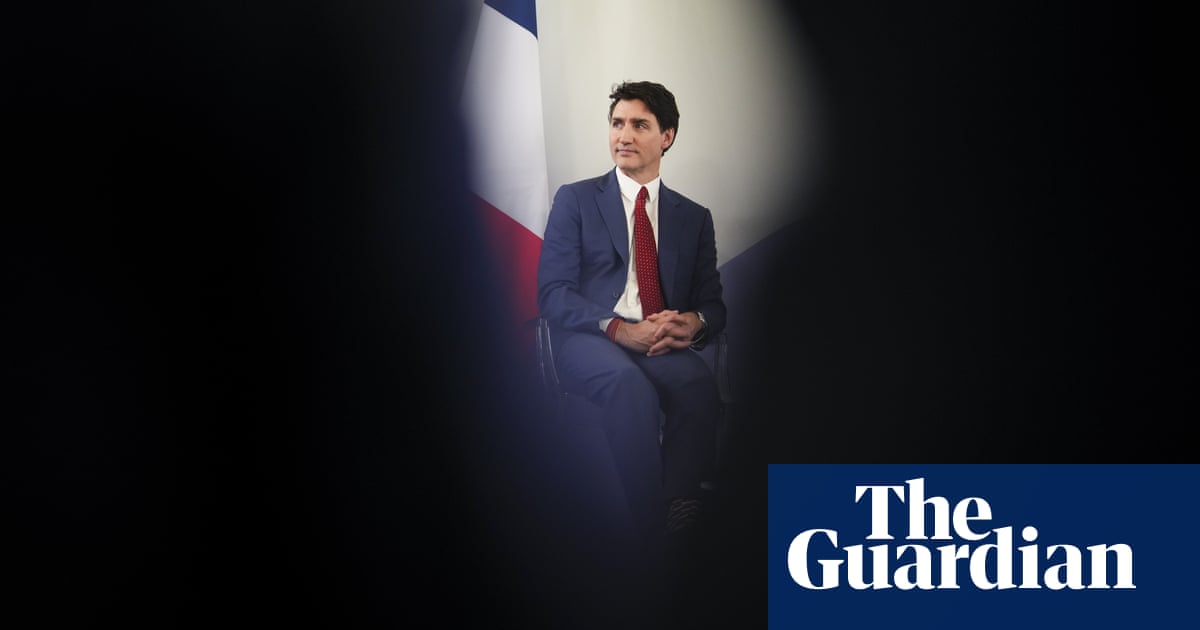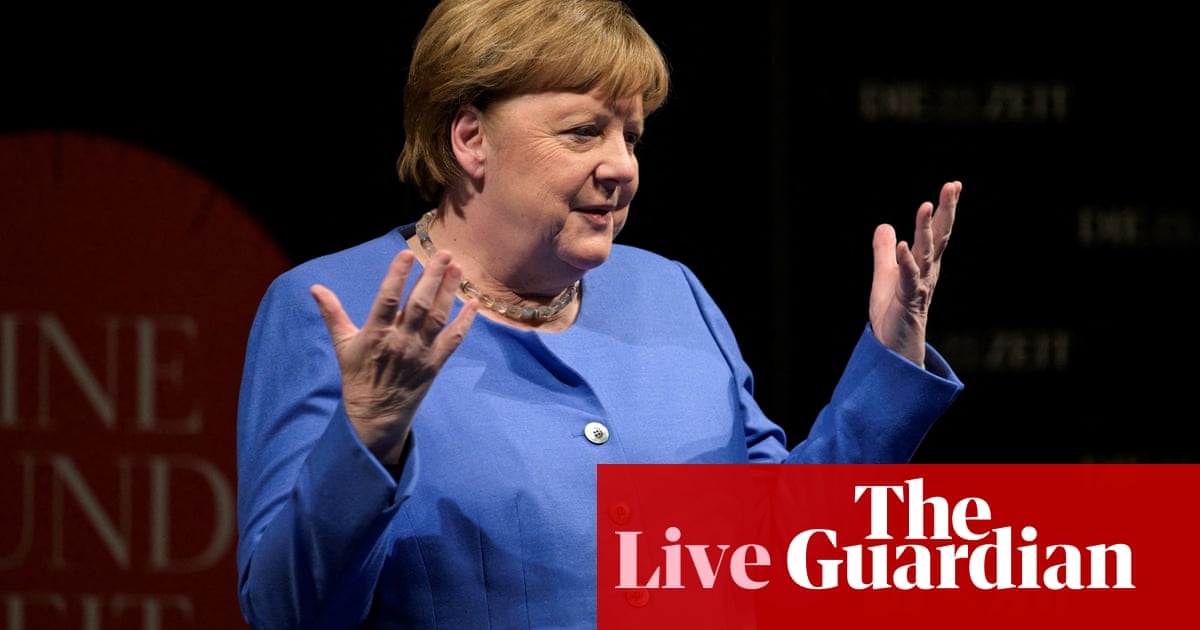Of all the shocks to have hit Europe over the past three months, none is more devastating than the realisation that the continent may no longer be able to count on a US security guarantee. Even if Donald Trump’s disdain for Europe had been telegraphed well in advance, few imagined a world in which a US president would publicly humiliate the head of state of a European ally in the Oval Office, cut off intelligence sharing in the middle of a war or cook up a one-sided peace deal with Russia over the heads of Kyiv and its European allies.
What has made the shock worse is the brutal revelation of Europe’s inability to defend its own interests. Even as European leaders plead with Trump that a peace without robust security guarantees for Ukraine is no peace at all, their position is fatally weakened by the fact that they are in no position to provide those security guarantees themselves. When JD Vance and Pete Hegseth accused Europeans of being pathetic freeloaders in a leaked chat, the barb was all the more hurtful because it was partly true. Britain and France have struggled even to put together a “coalition of the willing” that can provide a bare-bones peacekeeping force, let alone make up for the loss of critical US air defence and battlefield intelligence should America withdraw entirely.
The only conclusion to draw from this confrontation with geopolitical reality is that Europe urgently needs to address its defensive deficiencies – and the good news is that this is now widely accepted. Almost all European Nato members have committed to hit the 2% of GDP defence spending target this year. Germany has relaxed its debt brake to allow for up to €1tn (£850bn) of extra defence spending over the next four years. The EU has created a mechanism to allow member states to borrow cheaply to fund defence and has tweaked its fiscal rules to exempt defence spending from calculations of national debt.
The bad news is that this is not enough. The Nato secretary general, Mark Rutte, has said alliance members are going to need to raise their defence spending to “considerably more” than 3% of GDP. What’s more, tweaks to fiscal rules and cheap loans will not help many highly indebted EU countries for whom the hard constraint on their borrowing is the bond market: any interest saving from accessing EU loans is likely to be wiped out by higher interest charges on the rest of their debt. Meanwhile, no European country on its own is going to supply the “strategic enablers” that are currently provided by the Americans.
But there is a way forward for Europe – and whether Europeans choose to take it is a critical test of the continent’s seriousness that it cannot afford to flunk. An important new paper published by Bruegel, a Brussels-based thinktank, offers a compelling proposal for a European defence mechanism, essentially a common defence fund that would be open to any country that wished to join, which could over time transform the defence capabilities of the continent. Indeed, this plan, which has been devised by three highly regarded economists, Guntram Wolff, Armin Steinbach and Jeromin Zettelmeyer, may be the only realistic way of doing so.
The plan is especially compelling because it addresses all the key challenges facing any European rearmament plan. First and foremost, it would be independent of the EU. That means it would be open to some of the continent’s key defence players such as Britain, Norway and Switzerland, who are not EU members, while excluding those EU members whose constitutionally enshrined neutrality complicates their participation in common defence initiatives. And unlike the EU, it would not be vulnerable to vetoes by countries such as Hungary, whose government does not share the same values.
Second, this defence mechanism would operate as a rearmament bank, which would borrow in the markets through the issuance of bonds to buy weapons on behalf of its members, but whose debts crucially would stay off national balance sheets until the members took delivery of them at a time of their own choosing. And to the extent that the fund bought public goods such as satellite systems or a common European air defence, these could be paid for by annual service charges, without adding to the fiscal pressures on individual governments.
after newsletter promotion
Third, the mechanism could overcome one of the biggest problems in the European defence market, which is its high degree of fragmentation, reinforced by a strong home bias in procurement. The result is too many products, order sizes that are too small and too little competition, leading to higher prices. Even large countries often order products in small quantities. Since 2022, Germany has ordered just 123 Leopard 2 tanks to be delivered by 2030. Meanwhile, European countries operate 12 different main battle tanks, while the US has one.
As things stand, the EU has been unable to overcome this fragmentation. That’s because the EU treaties contain a specific carve-out from single market rules (article 346) for the defence sector. It makes any EU scheme for common procurement based on competitive tenders and non-discrimination legally unenforceable.
But since the proposed European defence mechanism would be based on a non-EU intergovernmental treaty, it would not be subject to this opt-out. Pooled orders for the equipment that is likely to be needed in the coming years would give European governments far greater bang for their rearmament buck.
Better still, the prospect of a single European deep-pocketed bidder would give the European defence industry the incentive to invest in technologies that are now only available in the US market. These include fifth-generation fighter jets, certain air-defence systems, rocket artillery systems similar to the US Himars and heavy transport helicopters. That would enable Europeans to reduce their reliance on US systems.
It is true that what is being proposed will force governments to confront tough choices. For Britain, which quit the EU less than a decade ago, it would be a giant step back towards European integration. For countries such as Germany and the Netherlands, which have long resisted common European borrowing, it would mean overcoming a political taboo. Many smaller countries will worry about the risks to their national defence manufacturing sectors.
But if Europe is to have any chance of remaining a pole in the fast-emerging multipolar world, what other choice does it have? Indeed, the real danger is that it may already be too late.
-
Simon Nixon is a journalist and economics commentator

 4 hours ago
3
4 hours ago
3
